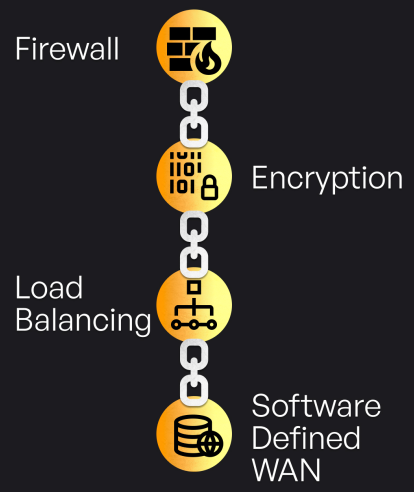People don’t expect 5G to be this modular.
But it’s a set of functions you can string together.
This is where function chaining steps in.
With 5G, the network builds a custom data path:
![]() Tailored to what the app needs
Tailored to what the app needs
![]() Dynamic enough to change on the fly
Dynamic enough to change on the fly
The order of these functions? Not fixed.
It bends and shifts, depending on the task.
Why does this matter?
![]() It makes your video stream faster
It makes your video stream faster
![]() It keeps latency low for real-time needs
It keeps latency low for real-time needs
![]() It helps smart devices talk to each other smoothly
It helps smart devices talk to each other smoothly
And here’s what surprised me:
This isn’t just enterprise tech anymore.
Even smaller businesses can tap into it.
It’s not about scale—it’s about intentional design.
I’ve seen teams waste resources chasing “5G solutions”
When all they needed was the right function chain.
Let’s not sugarcoat this.
Without chaining, 5G loses its edge.
![]() It can’t adapt.
It can’t adapt.
![]() It fails to serve different needs effectively.
It fails to serve different needs effectively.
But with it?
![]() You get a smart, efficient, and responsive network.
You get a smart, efficient, and responsive network.
In short—
Function chaining isn’t a nice-to-have.
It’s the thing that makes 5G work.
Thanks for reading.
PDF: ![]()
5G Service Chaining Guide (By Furqan Jameel).pdf (4.8 MB)
LinkedIn: ![]()
